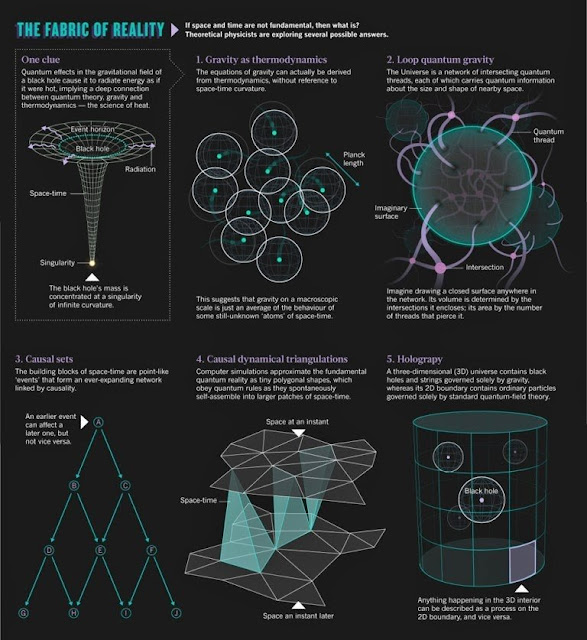Supercontinents in the Proterozoic
Main article: Supercontinent cycle
A reconstruction of Pannotia (550 Ma).
Reconstructions of tectonic plate movement in the past 250 million years (the Cenozoic and Mesozoic eras) can be made reliably using fitting of continental margins, ocean floor magnetic anomalies and paleomagnetic poles. No ocean crust dates back further than that, so earlier reconstructions are more difficult. Paleomagnetic poles are supplemented by geologic evidence such as orogenic belts, which mark the edges of ancient plates, and past distributions of flora and fauna. The further back in time, the scarcer and harder to interpret the data get and the more uncertain the reconstructions.
Throughout the history of the Earth, there have been times when continents collided and formed a supercontinent, which later broke up into new continents. About 1000 to 830 Ma, most continental mass was united in the supercontinent Rodinia.Rodinia may have been preceded by Early-Middle Proterozoic continents called Nuna and Columbia.
After the break-up of Rodinia about 800 Ma, the continents may have formed another short-lived supercontinent around 550 Ma. The hypothetical supercontinent is sometimes referred to as Pannotia or Vendia.The evidence for it is a phase of continental collision known as the Pan-African orogeny, which joined the continental masses of current-day Africa, South America, Antarctica and Australia. The existence of Pannotia depends on the timing of the rifting between Gondwana (which included most of the landmass now in the Southern Hemisphere, as well as the Arabian Peninsula and the Indian subcontinent) and Laurentia (roughly equivalent to current-day North America). It is at least certain that by the end of the Proterozoic eon, most of the continental mass lay united in a position around the south pole.




Comments
Post a Comment